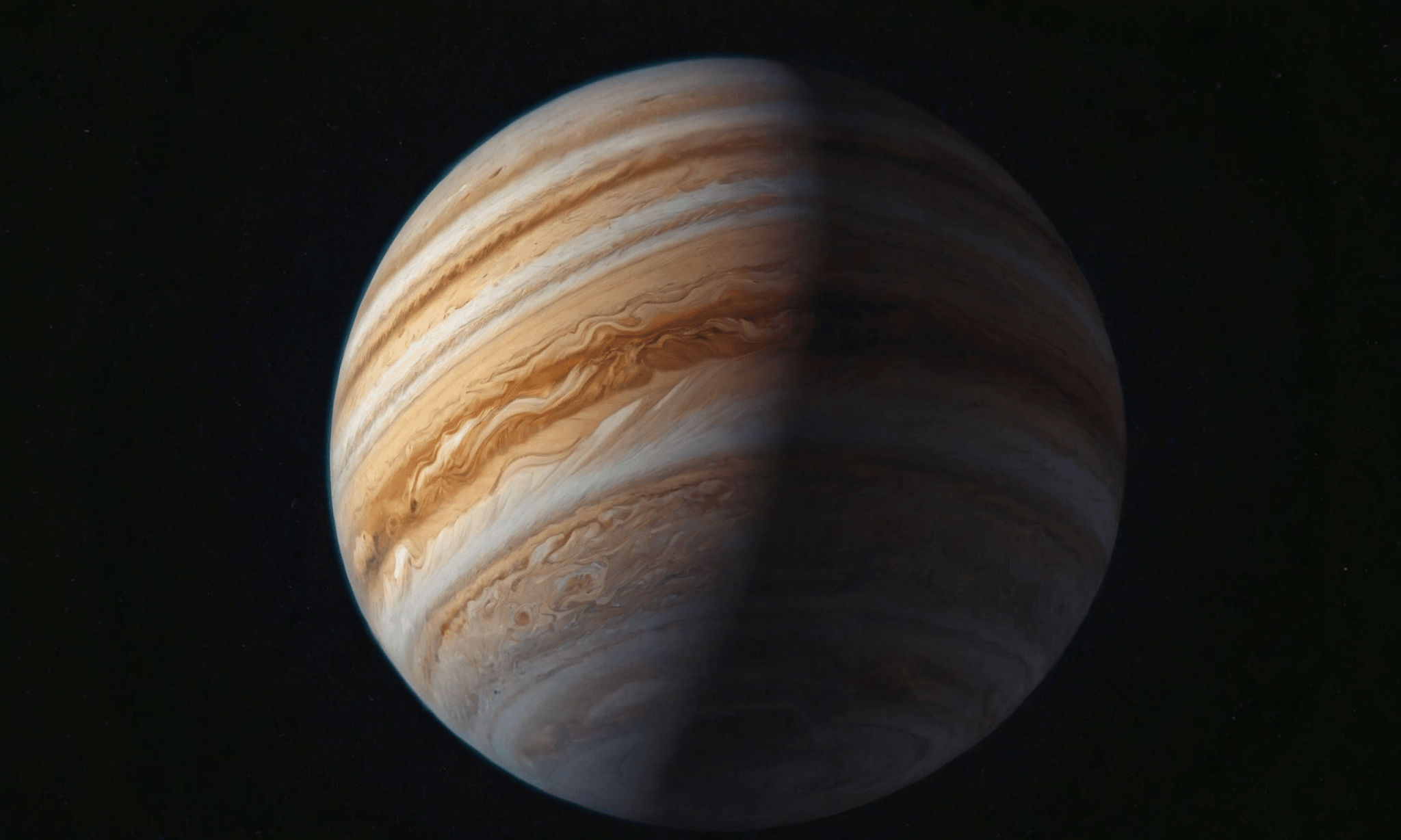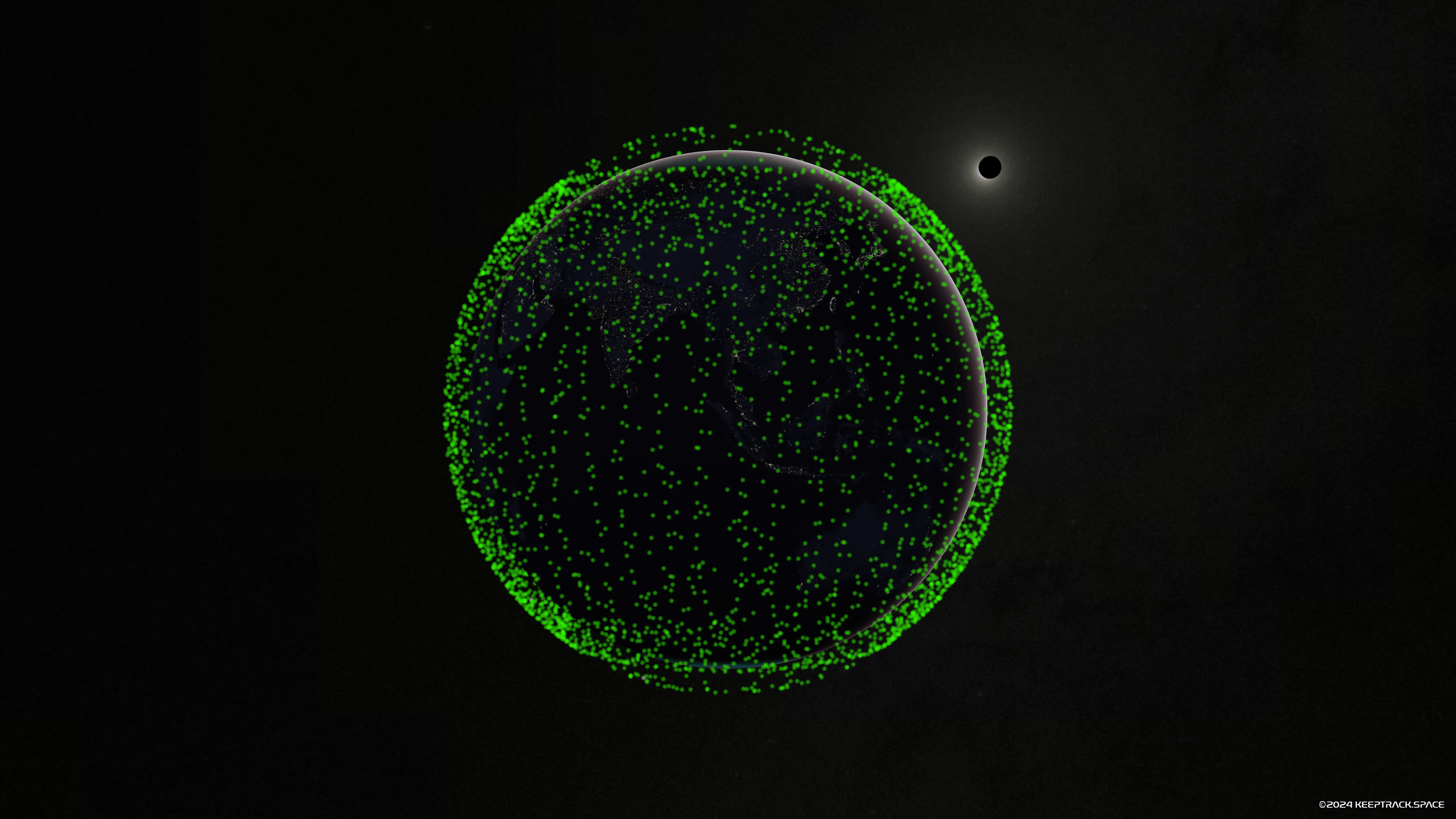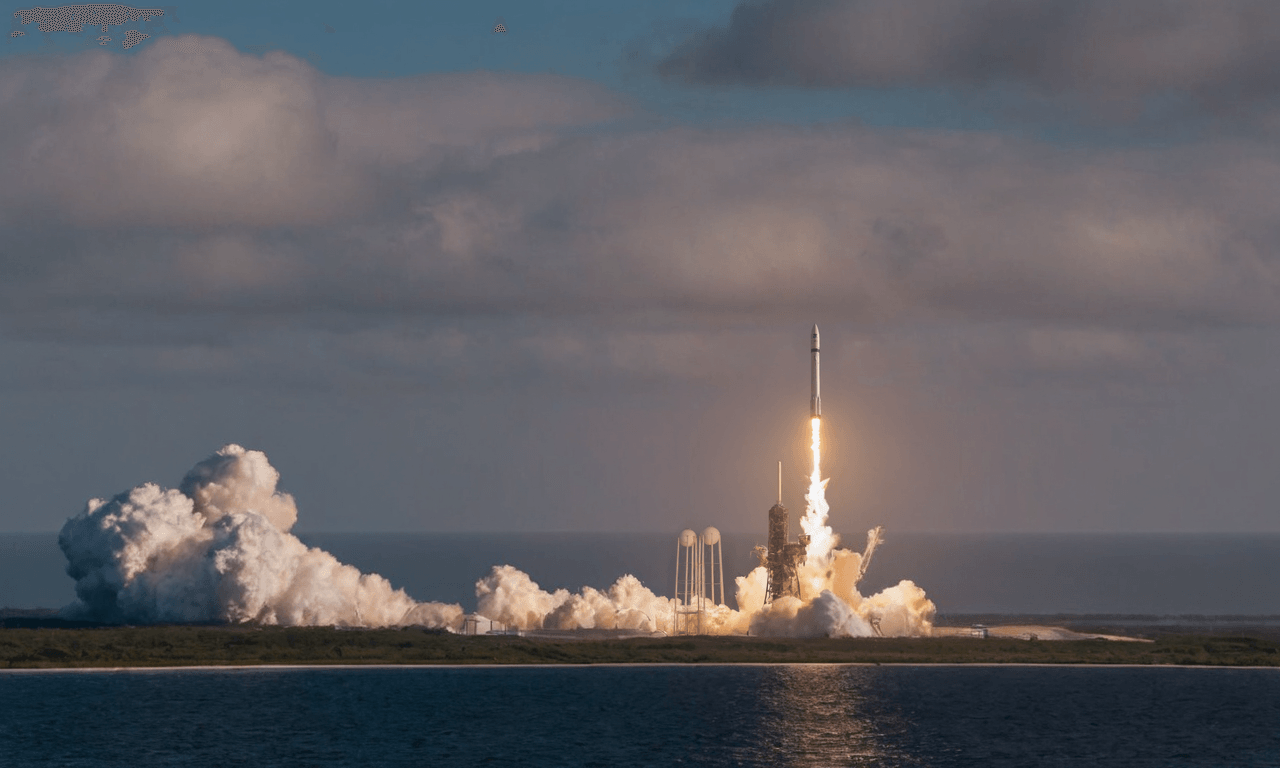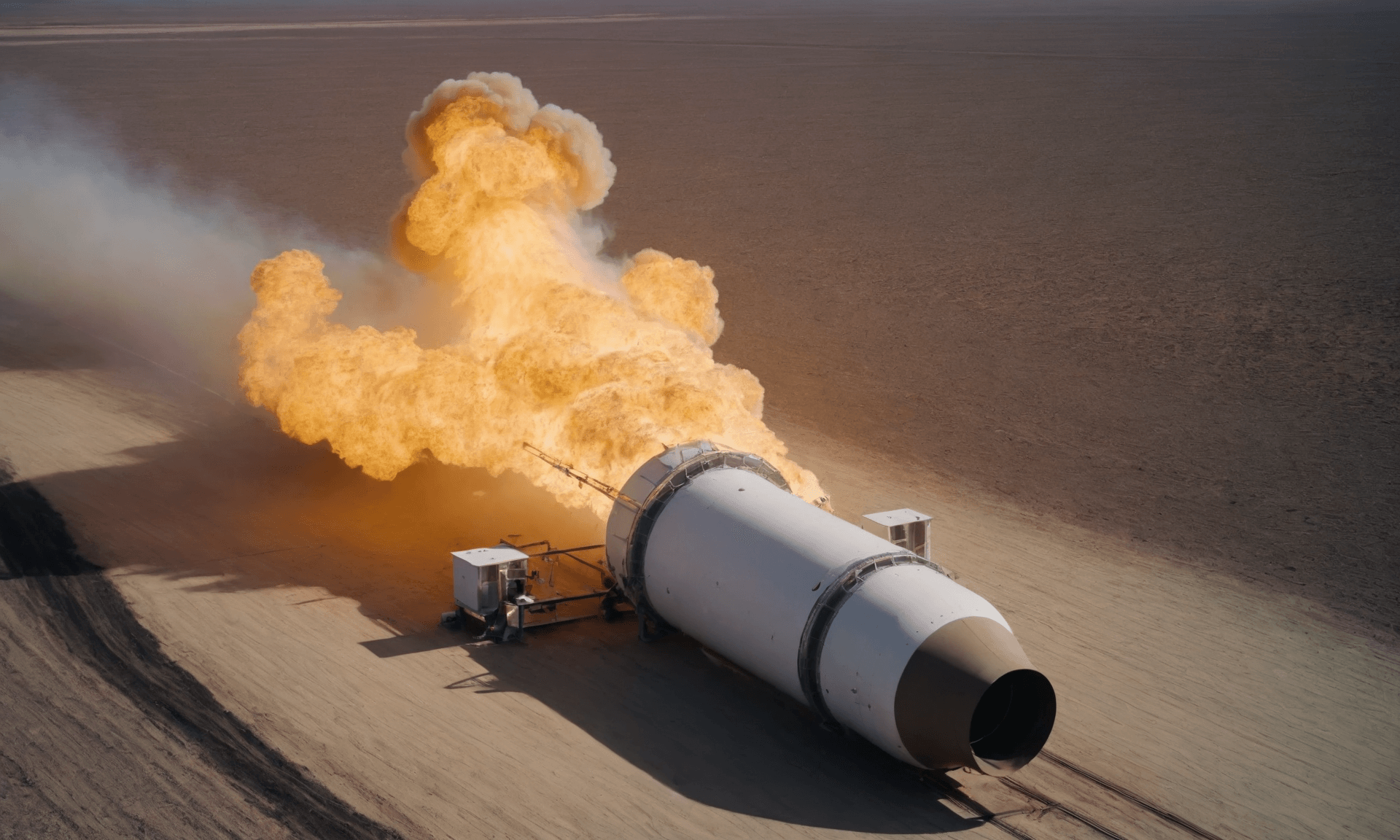· space brief · 4 min read
Space Brief 4 Nov 2024
China's Tiangong space station completes crew rotation, Rocket Lab prepares for confidential launch, and Japan successfully launches military satellite with its H3 rocket.
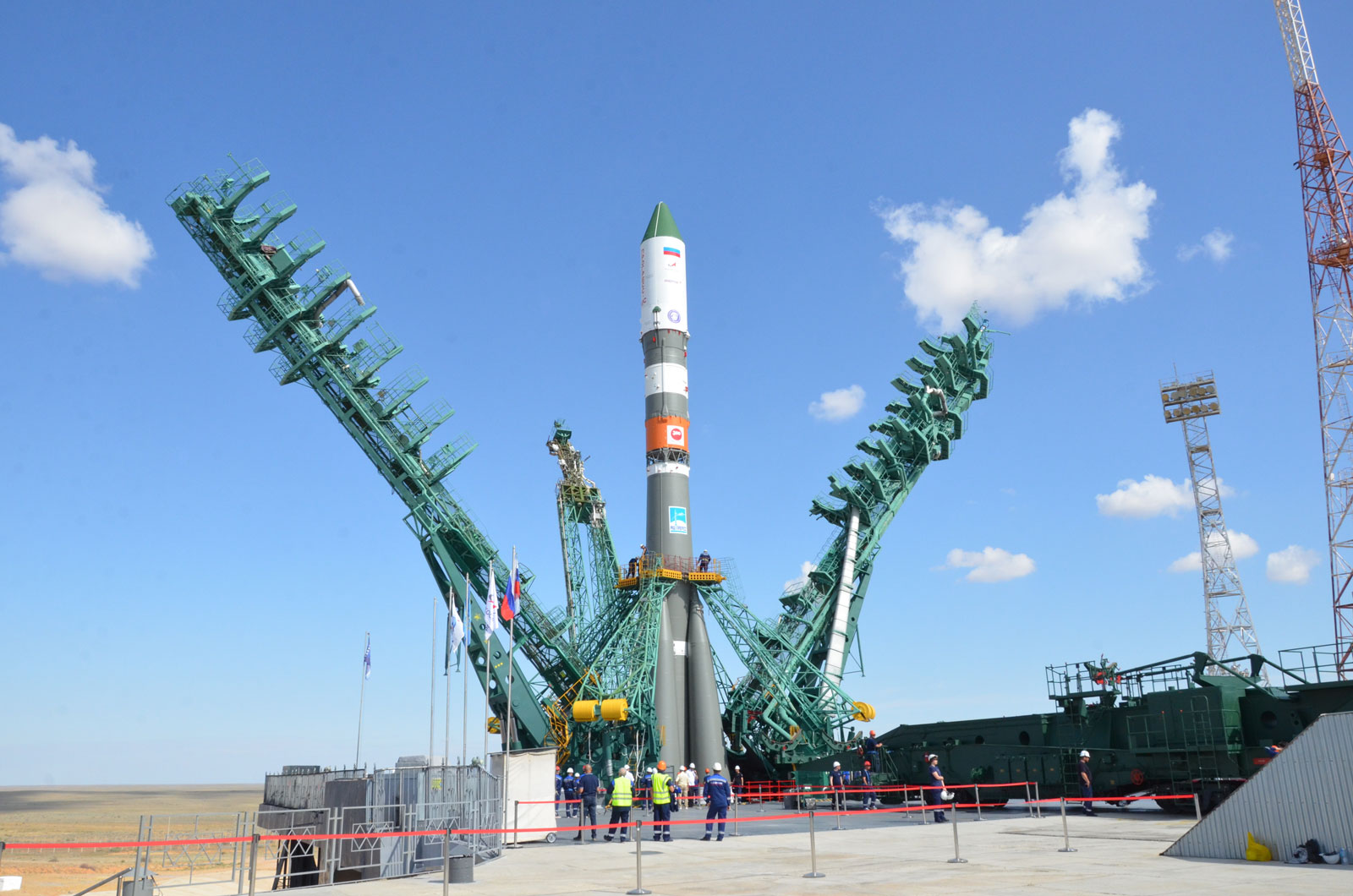
📄Top Stories
China has successfully completed a six-month crew rotation at the Tiangong space station, showcasing its growing capabilities in long-duration space missions. Rocket Lab gears up for a hush-hush mission, launching early tomorrow from New Zealand, with limited details available about its commercial customer. Meanwhile, Japan’s H3 rocket has successfully deployed the Kirameki 3 military communications satellite, marking a significant step in its space defense initiatives.
📰Detailed Coverage
Shenzhou-18 Returns from Tiangong Space Station
The Shenzhou-18 crew has safely returned to Earth after a six-month stint aboard China’s Tiangong space station. The astronauts landed in the Gobi Desert, concluding another successful crew rotation mission. This highlights China’s commitment to maintaining a continuous human presence in orbit, a vital element of its growing space prowess.
Tiangong’s operations and the return of its crew are crucial for China’s future in space exploration, supporting missions that involve extensive tracking and research capabilities. Track similar space events using our web app’s real-time features.
Read the full story: Phys.org
Rocket Lab’s Mystery Mission Set to Launch
Rocket Lab is poised to launch a mysterious mission dubbed “Changes in Latitudes, Changes in Attitudes” from its New Zealand site. Scheduled for early November 5, this mission will deliver a commercial satellite into low Earth orbit, though specifics about the payload remain undisclosed, reflecting the company’s growing role in discreet space operations.
The Electron rocket, employed for this mission, underscores Rocket Lab’s capability to provide flexible and specialized launch services for clients requiring confidentiality. Stay updated with real-time tracking of this and other launches through our satellite tracking web app.
Read the full story: Space.com
Japan’s H3 Rocket Successfully Deploys Military Satellite
Japan’s H3 rocket completed its fourth flight, successfully launching the Kirameki 3 military communications satellite. This marks another milestone for the H3, Japan’s upgraded workhorse designed to replace the aging H-2A. The satellite will enhance Japan’s military communication capabilities, operating in geostationary orbit.
The successful launch emphasizes Japan’s technological advancement in space-based communications, which are integral to modern military operations. Keep an eye on related launches and satellite deployments through our app for detailed tracking.
Read the full story: SpaceNews
SpaceX Postpones Starlink Mission
A helium issue with the Falcon 9 booster has led SpaceX to scrub the Starlink 6-77 mission from Cape Canaveral. No new launch date has been announced yet, but this serves as a reminder of the challenges faced in routine satellite deployments.
These launches are essential for maintaining and expanding the Starlink satellite constellation, crucial for global communications. Use our tracking tool to monitor Starlink satellites currently in orbit.
Read the full story: Spaceflight Now
🛰️Satellite Spotlight
- Satellite Name: YAOGAN-36 04B
- NORAD ID: 54748
- Launch Date: Not specified
- Mission: Classified reconnaissance operations
- Orbit: Inclination: 35°, Period: 94.56 minutes, Eccentricity: Not specified
- Operator: Strategic Support Troops
- Fun Fact: YAOGAN-36 is part of a series of Chinese satellites often used for remote sensing and reconnaissance.
Current TLE Data:
1 54748U 22171C 24305.51599993 .00005802 00000-0 24284-3 0 99993
2 54748 35.0000 328.2529 0011500 220.9730 139.0121 15.22849368104829
Track this satellite in real-time on our web app: Track YAOGAN-36 04B
🚀Upcoming Space Launches
November 4
- Mitsubishi Heavy Industries H3-22:
- DSN 3 (Kirameki 3) from Tanegashima Space Center, Japan (06:48 UTC) A geostationary communications satellite for military communications by the Japanese military.
- Russian Federal Space Agency (ROSCOSMOS) Soyuz 2.1b/Fregat-M:
- Ionosfera-M 1 & 2 from Vostochny Cosmodrome, Siberia, Russian Federation (23:18 UTC) Ionosfera is a constellation of four ionospheric and magnetospheric research satellites.
November 5
- SpaceX Falcon 9:
- Dragon CRS-2 SpX-31 from Kennedy Space Center, FL, USA (02:29 UTC) 31st commercial resupply services mission to the International Space Station.
- Rocket Lab Electron:
- Changes In Latitudes, Changes In Attitudes from Rocket Lab Launch Complex 1, Mahia Peninsula, New Zealand (10:30 UTC)
- SpaceX Falcon 9:
- Starlink Group 6-77 from Cape Canaveral SFS, FL, USA (21:05 UTC) A batch of 23 satellites for the Starlink mega-constellation.
November 7
- CAS Space Kinetica 1:
- Unknown Payload from Jiuquan Satellite Launch Center, People’s Republic of China (03:54 UTC)
- SpaceX Falcon 9:
- Starlink Group 9-10 from Vandenberg SFB, CA, USA (07:00 UTC) A batch of satellites for the Starlink mega-constellation.
- SpaceX Falcon 9:
- Starlink Group 6-69 from Cape Canaveral SFS, FL, USA (22:46 UTC) A batch of satellites for the Starlink mega-constellation.
November 9
- China Aerospace Science and Technology Corporation Long March 2C:
- Unknown Payload from Jiuquan Satellite Launch Center, People’s Republic of China (03:29 UTC)
November 21
- Russian Federal Space Agency (ROSCOSMOS) Soyuz 2.1a:
- Progress MS-29 (90P) from Baikonur Cosmodrome, Republic of Kazakhstan (12:22 UTC) Progress resupply mission to the International Space Station.
Note: Launch dates and times are subject to change due to technical or weather considerations.


